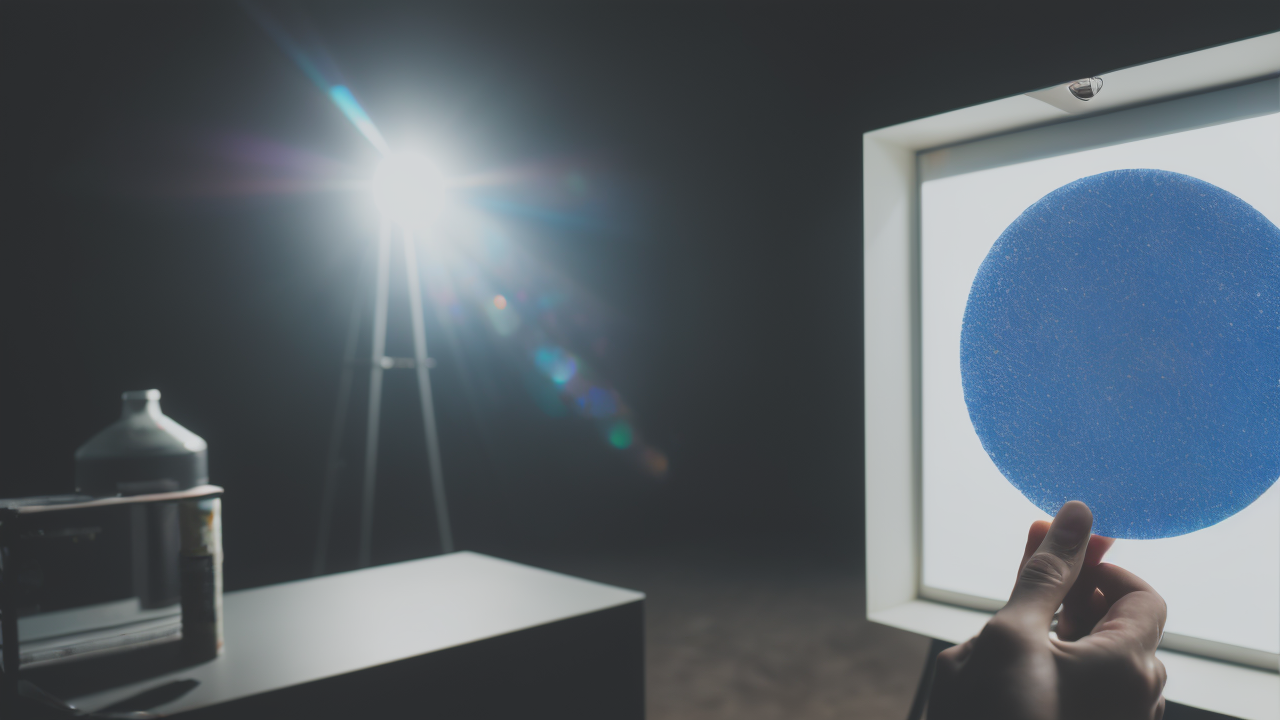
Exploring Pop Arte: Techniques and Inspirations for Modern Artists
The Rise of Pop Arte: A Historical Overview
The Emergence of Pop Art in the United States
Pop Arte burst onto the scene in the 1950s and 60s. It was a reaction to abstract expressionism. Artists wanted to make art more relatable to everyday people. They drew inspiration from popular culture and mass media.

Key figures like Andy Warhol and Roy Lichtenstein led the way. They used bold colors and simple shapes in their work. Their art often featured everyday objects and celebrities. This made art more accessible to the general public.
Pop Arte challenged traditional ideas about what art should be. It blurred the lines between high art and popular culture. This new approach resonated with many people. It quickly gained popularity in the United States and beyond.
Key Movements and Artists Defining Pop Arte
Several movements and artists shaped Pop Arte. The Independent Group in Britain was an early influence. They explored the impact of mass culture on art. Richard Hamilton's collage "Just What Is It..." is considered a landmark work.
In the US, artists like Claes Oldenburg made giant sculptures of everyday objects. Jasper Johns painted common symbols like flags and targets. These works challenged viewers to see familiar things in new ways.
Female artists like Marisol and Niki de Saint Phalle also made significant contributions. They brought unique perspectives to Pop Arte. Their work often addressed gender roles and social issues.
The Influence of Pop Culture on Fine Art
Pop culture had a profound impact on fine art. Artists drew inspiration from advertising, comics, and consumer goods. They incorporated these elements into their work in innovative ways.
Music and film also played a big role. The Beatles' album covers are iconic examples of Pop Arte. Many artists created works inspired by movie stars and rock musicians.
This fusion of pop culture and fine art changed the art world forever. It made art more relatable and accessible to a wider audience. Pop Arte continues to influence artists and designers today.
Techniques and Tools for Aspiring Pop Arte Artists
Embracing Digital Media in Pop Arte Creations
Digital tools have revolutionized Pop Arte. Artists now use software to create and manipulate images. This allows for endless possibilities in color, composition, and style.

Programs like Adobe Photoshop and Illustrator are popular choices. They offer features that mimic traditional techniques. Artists can also create entirely new effects with these tools.
Social media platforms have become important for sharing Pop Arte. Instagram and TikTok allow artists to reach global audiences instantly. This has changed how art is created, shared, and consumed.
Collaboration with Commercial Brands and Cultural Icons
Many Pop Arte artists work with brands and celebrities. This collaboration can lead to exciting new projects. It also helps artists reach wider audiences.
Brands often commission Pop Arte for advertising campaigns. This can include packaging design, billboards, and social media content. Artists must balance their creative vision with the brand's needs.
Collaborations with cultural icons can be especially powerful. Artists might create portraits or reimagine famous works. These projects can bring fresh perspectives to well-known figures or ideas.
Legal Considerations for Pop Arte Artists
Pop Arte often uses existing images or trademarks. This can lead to legal issues if not handled carefully. Artists need to understand copyright and fair use laws.
Getting permission to use copyrighted material is often necessary. Some artists choose to create parodies or transformative works. These may be protected under fair use, but it's a complex area.
Trademark law is another important consideration. Using brand logos or characters without permission can lead to lawsuits. Artists should consult with legal experts when in doubt.
Advancing Pop Arte: Future Trends and Opportunities
Integrating Pop Arte with Eco-Friendly Practices
Sustainability is becoming increasingly important in the art world. Pop Arte artists are finding ways to create eco-friendly works. This includes using recycled materials and non-toxic paints.

Digital art offers a more sustainable option. It reduces the need for physical materials. Some artists are exploring virtual and augmented reality as eco-friendly mediums.
Upcycling is another trend in Pop Arte. Artists transform discarded objects into new works of art. This approach combines creativity with environmental consciousness.
The Role of Technology in Shaping the Future of Pop Arte
Technology is opening up new possibilities for Pop Arte. 3D printing allows artists to create complex sculptures easily. AI and machine learning are being used to generate unique artworks.
NFTs (Non-Fungible Tokens) have created a new market for digital art. This technology allows artists to sell unique digital works. It's changing how art is bought, sold, and collected.
Virtual and augmented reality are expanding the boundaries of Pop Arte. Artists can create immersive experiences for viewers. This technology offers new ways to engage with art.
Educational Initiatives and Institutions Empowering Pop Arte Artists
Many schools now offer courses in Pop Arte and digital media. These programs teach both traditional and cutting-edge techniques. They help prepare students for careers in this evolving field.
Online learning platforms have made art education more accessible. Sites like Skillshare and Udemy offer courses in Pop Arte techniques. This allows aspiring artists to learn from experts worldwide.
Art institutions are also embracing Pop Arte. Museums are hosting exhibitions that showcase digital and pop culture-inspired works. This helps legitimize and promote Pop Arte in the fine art world.


